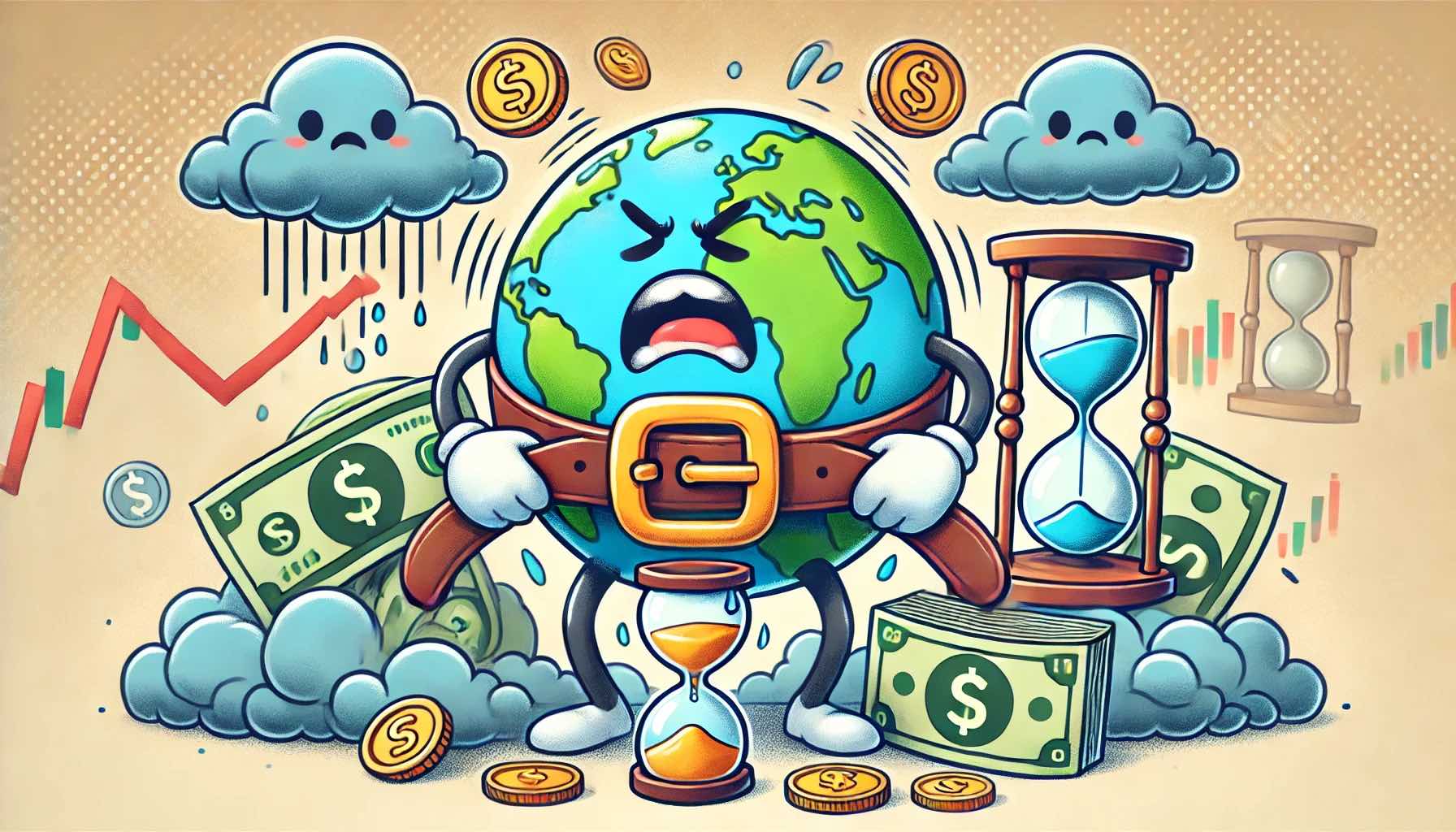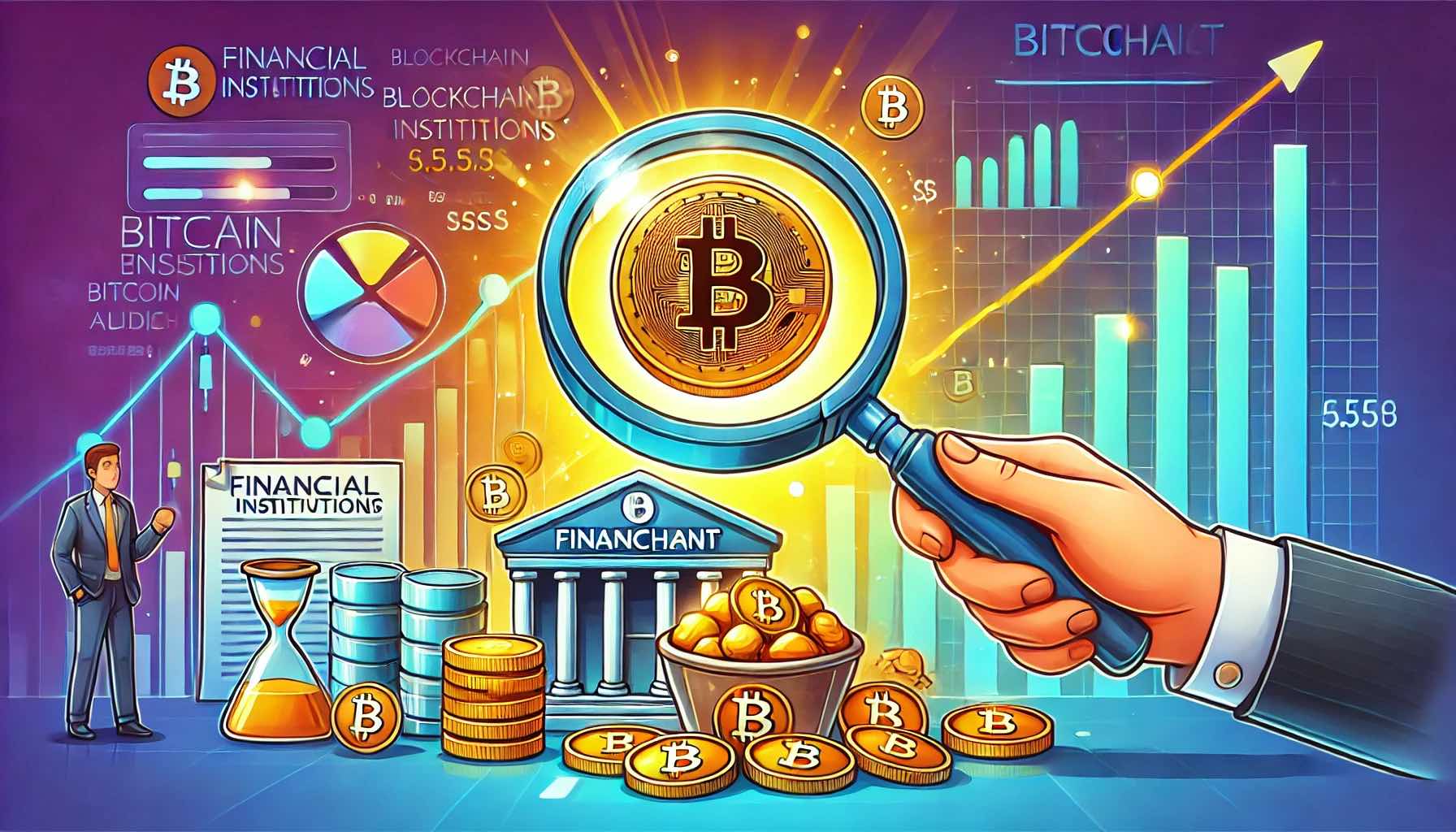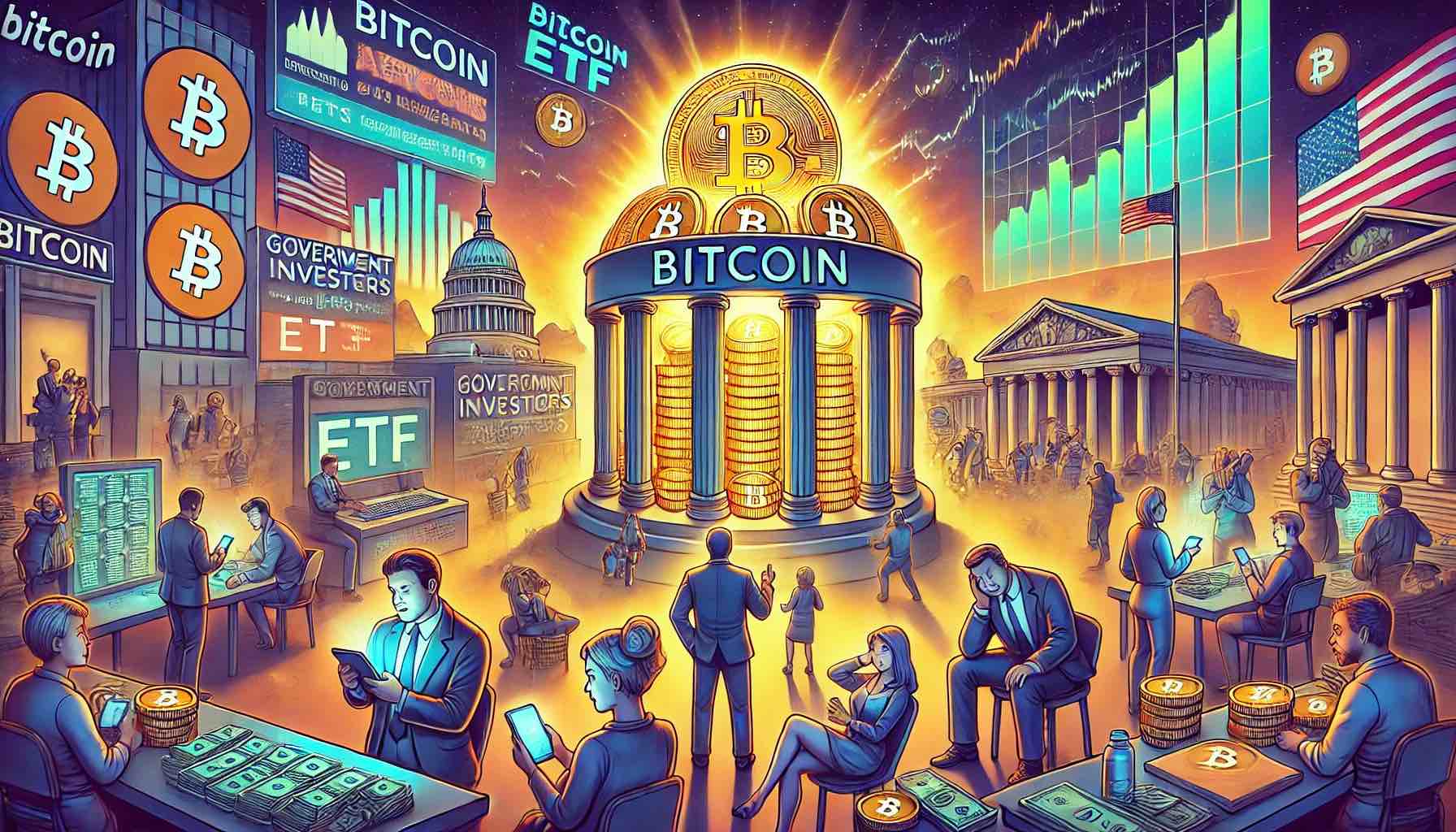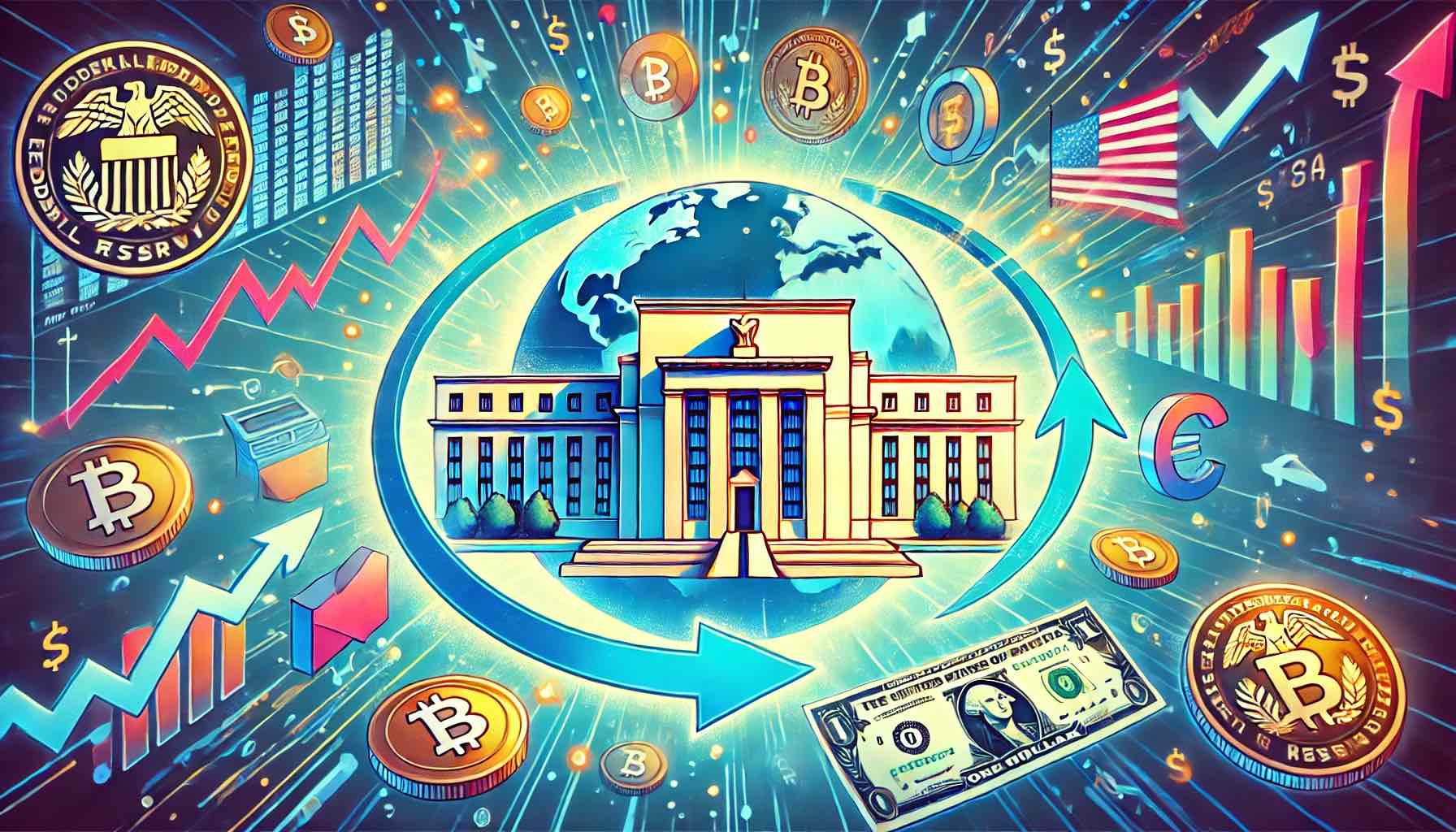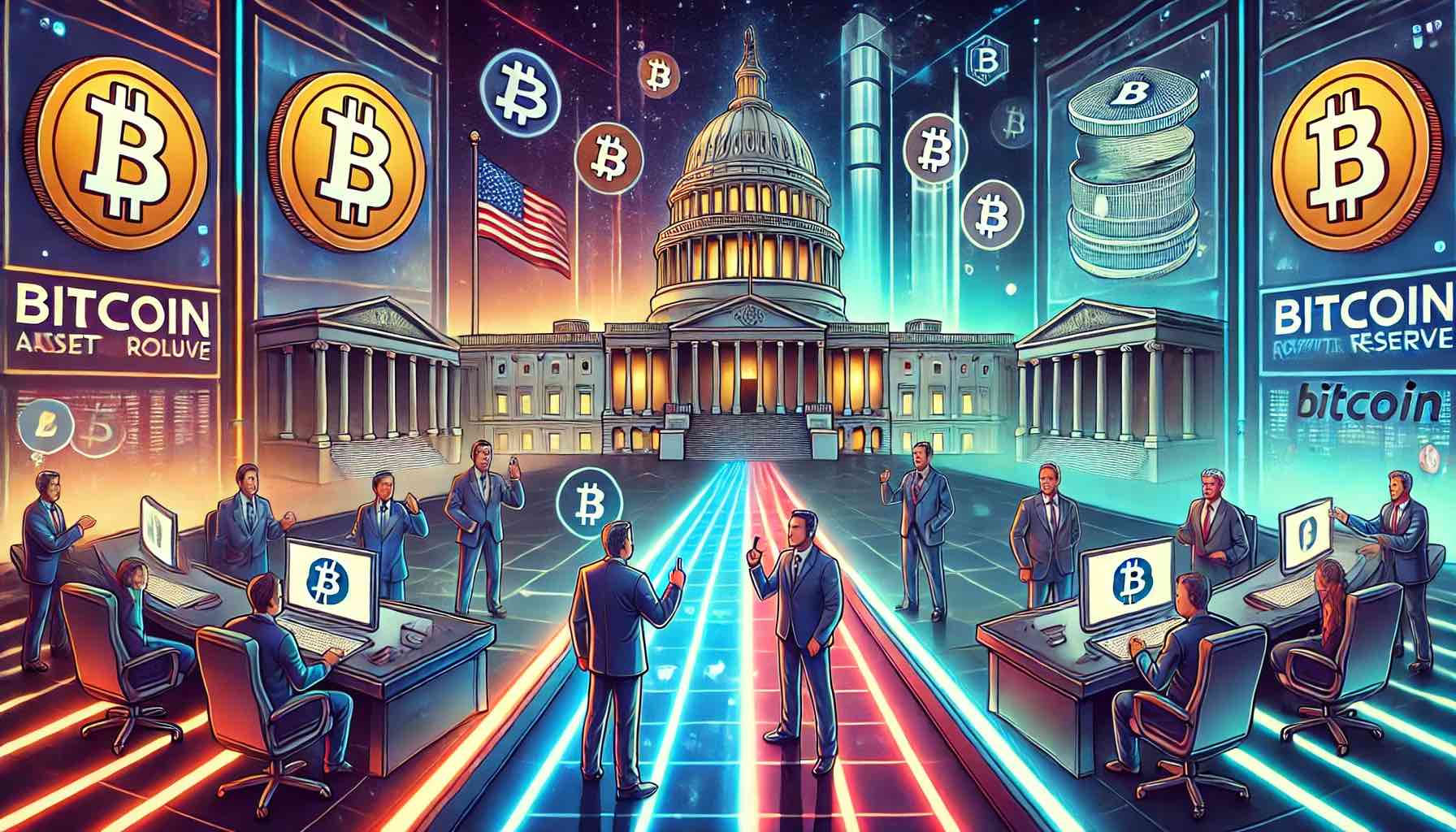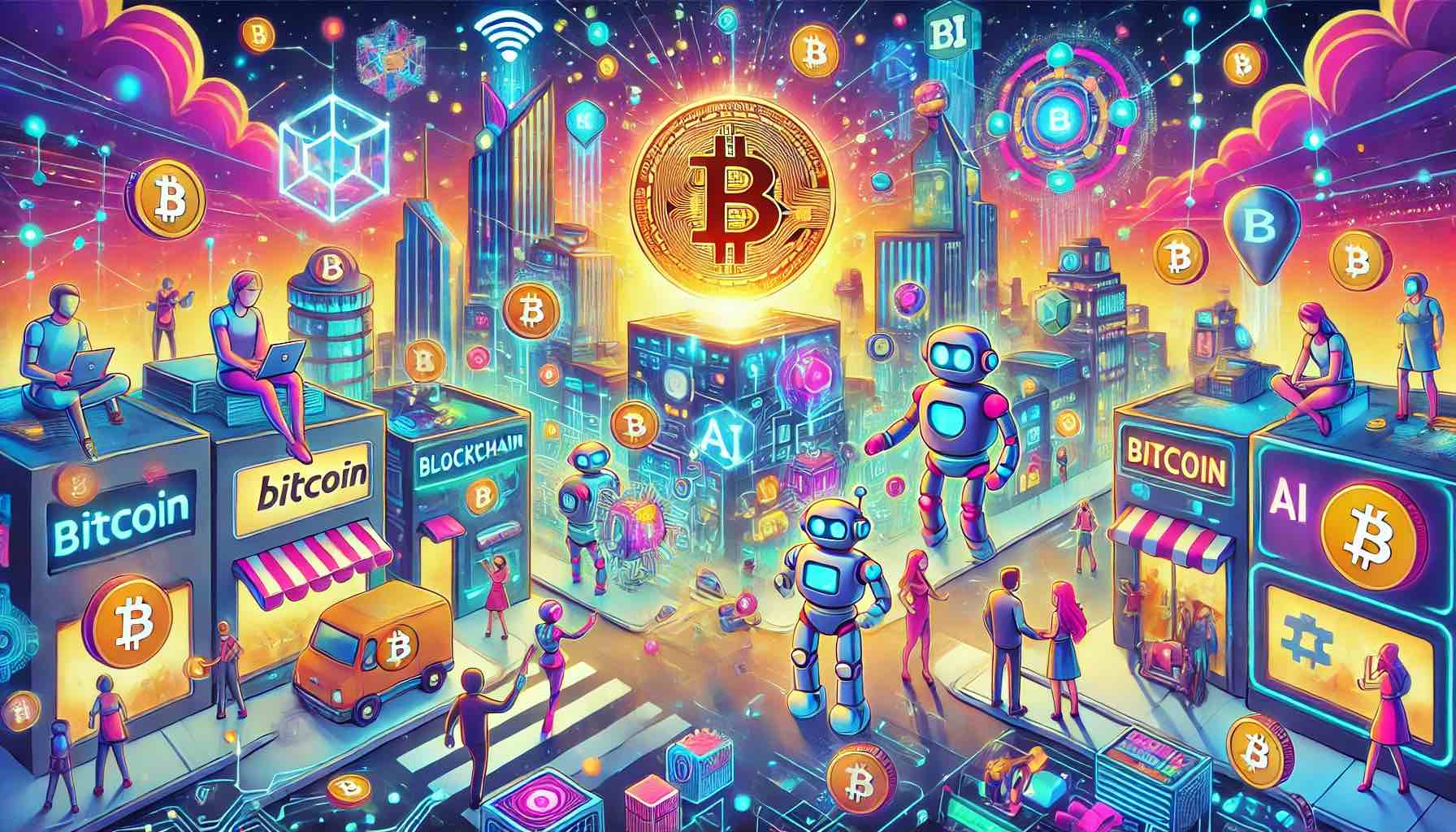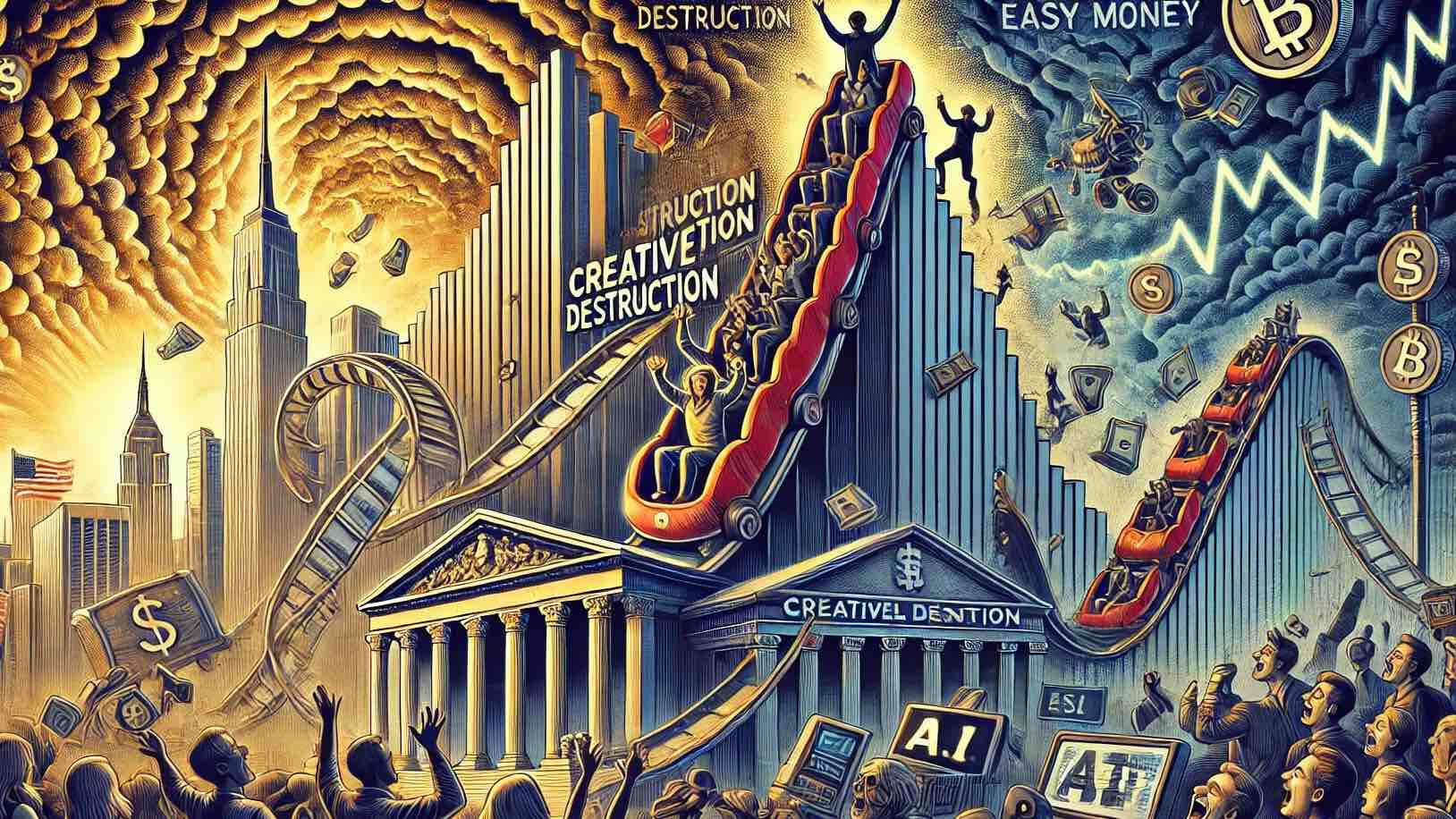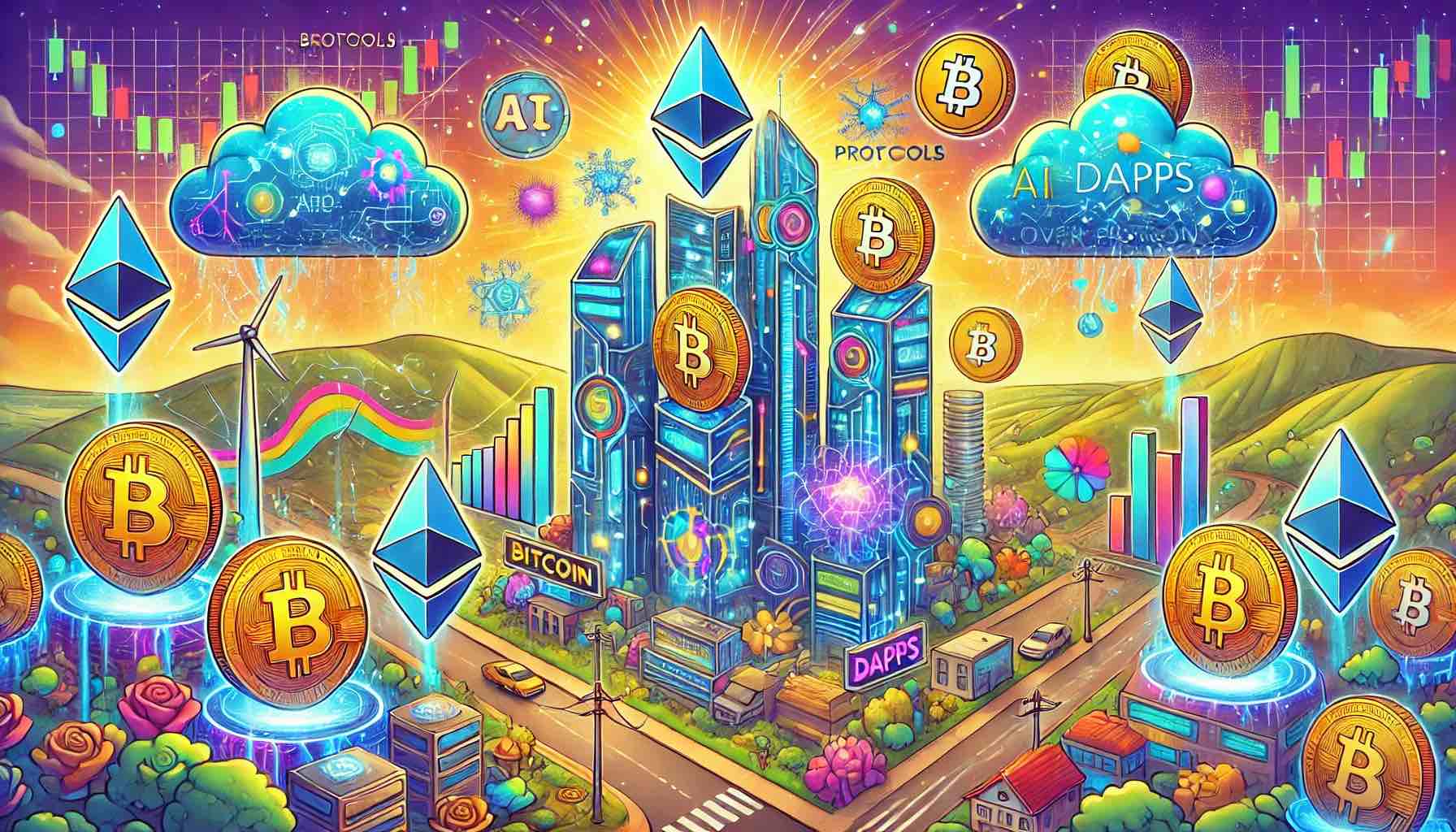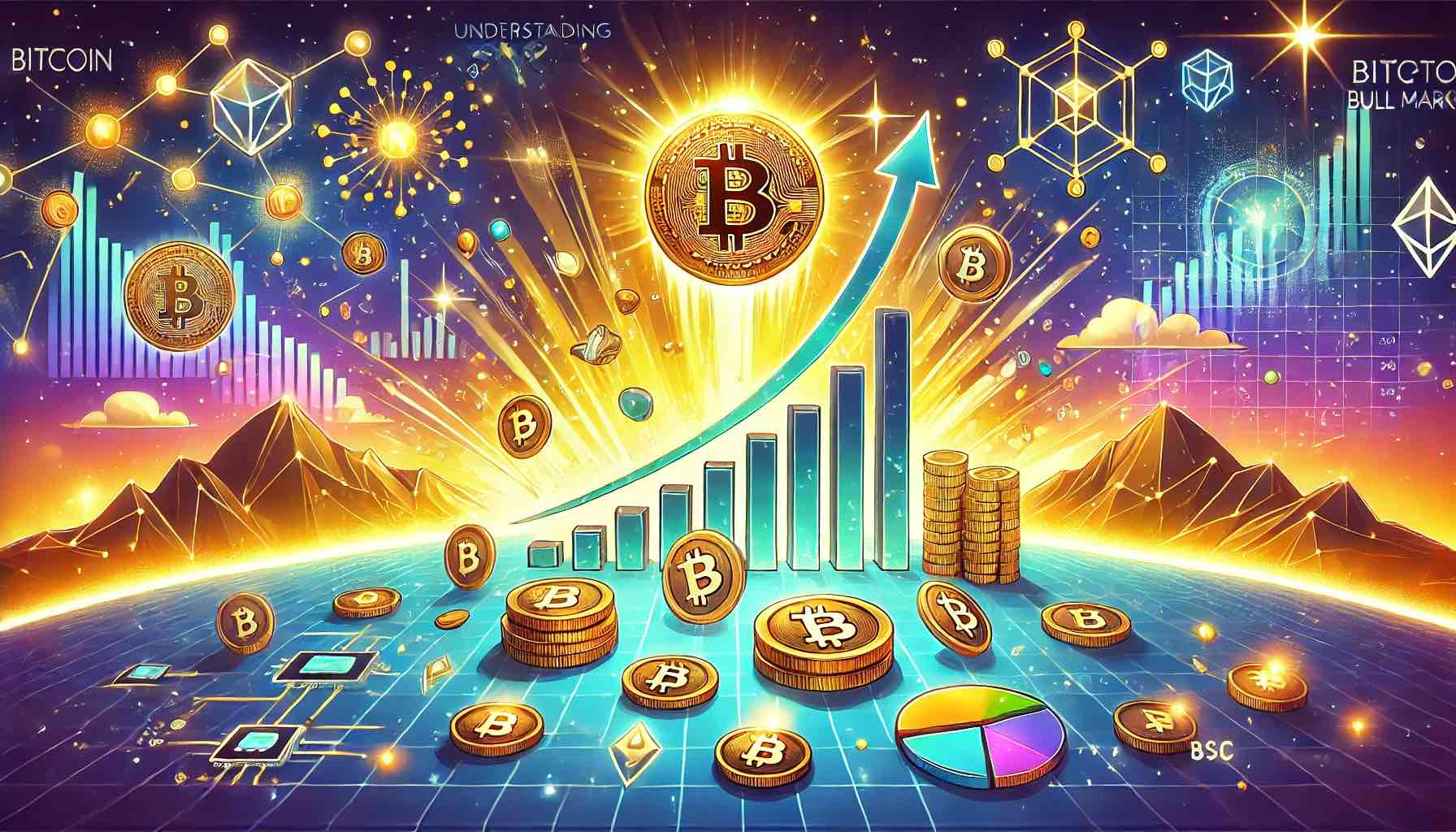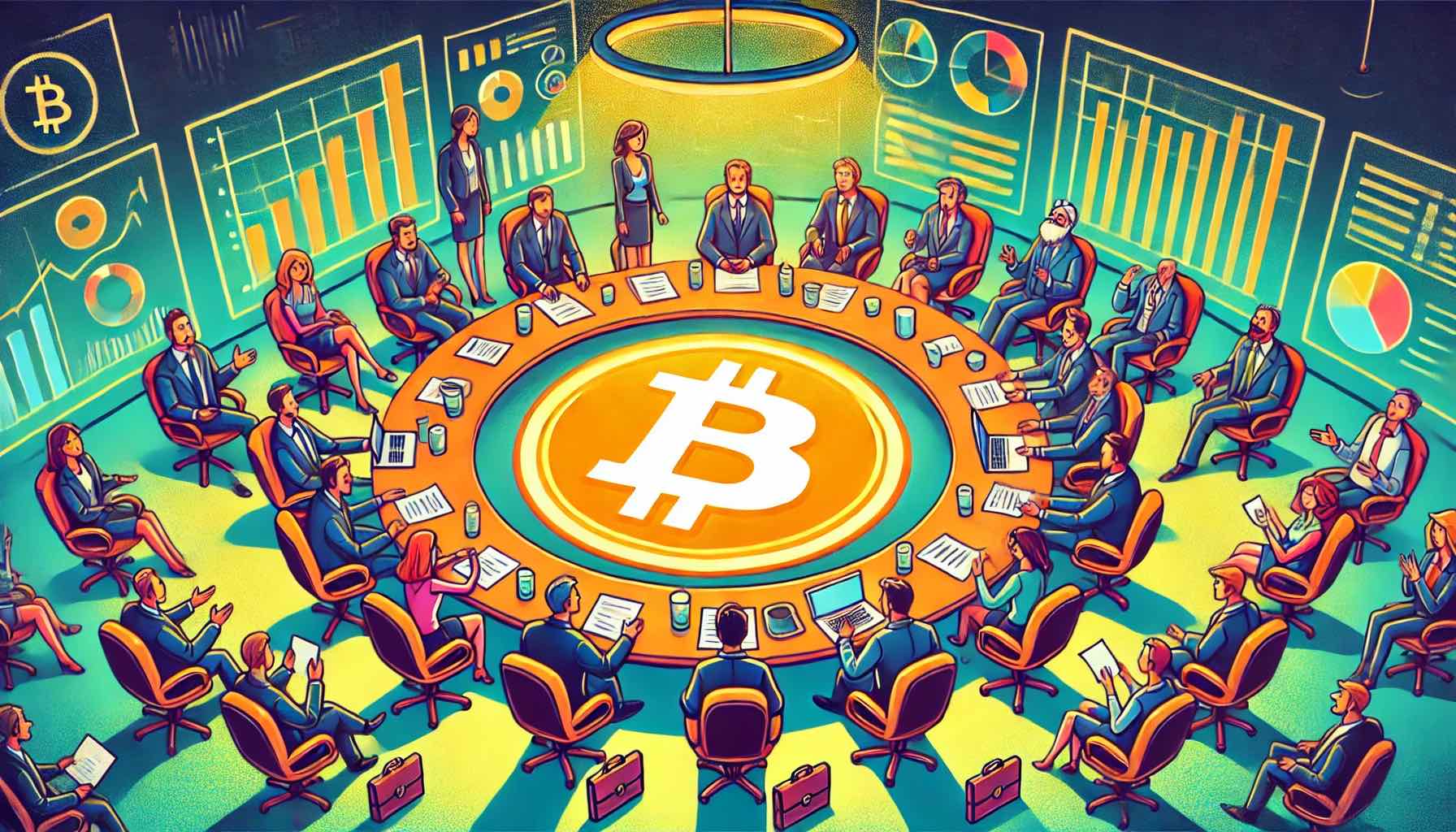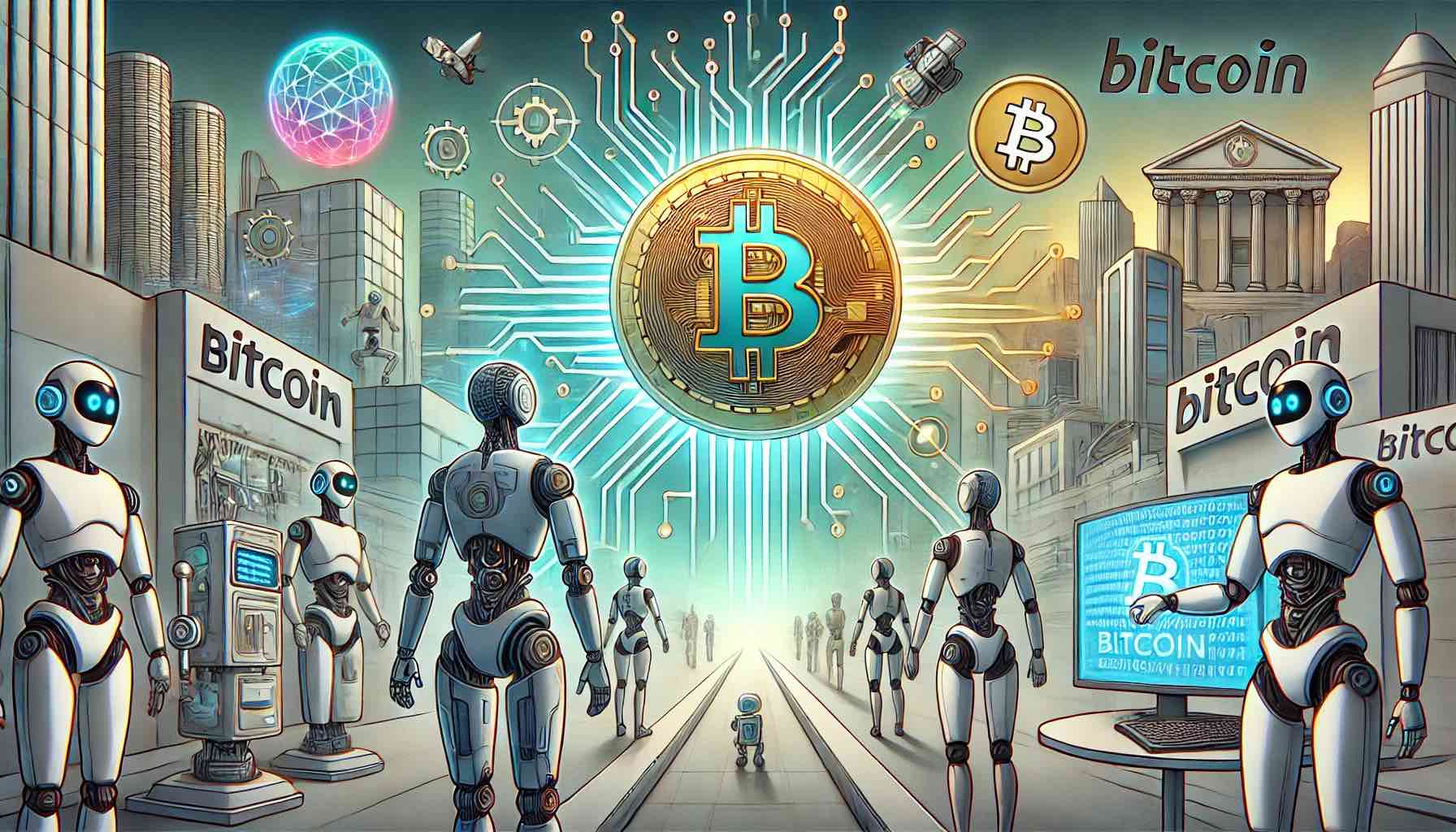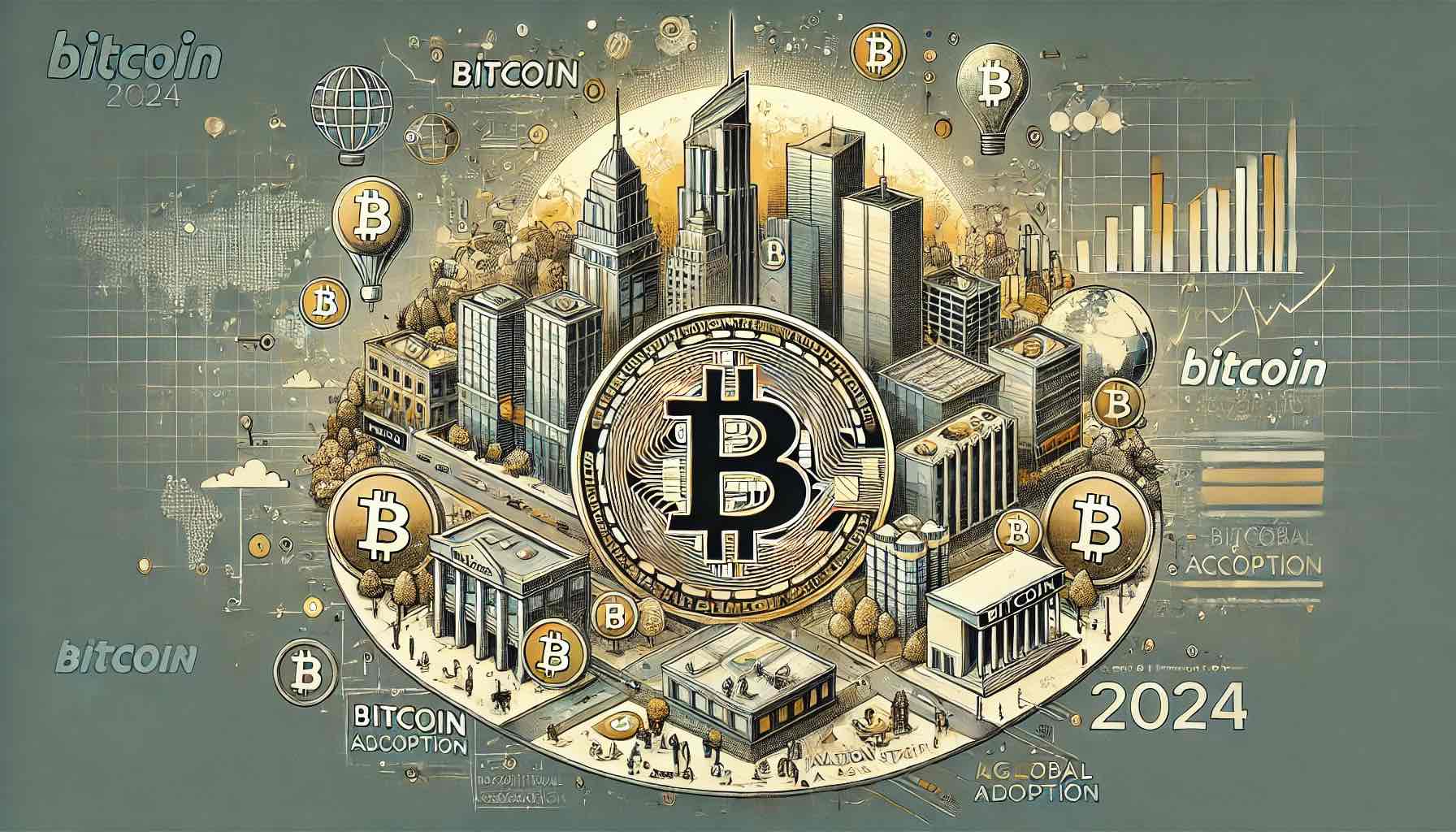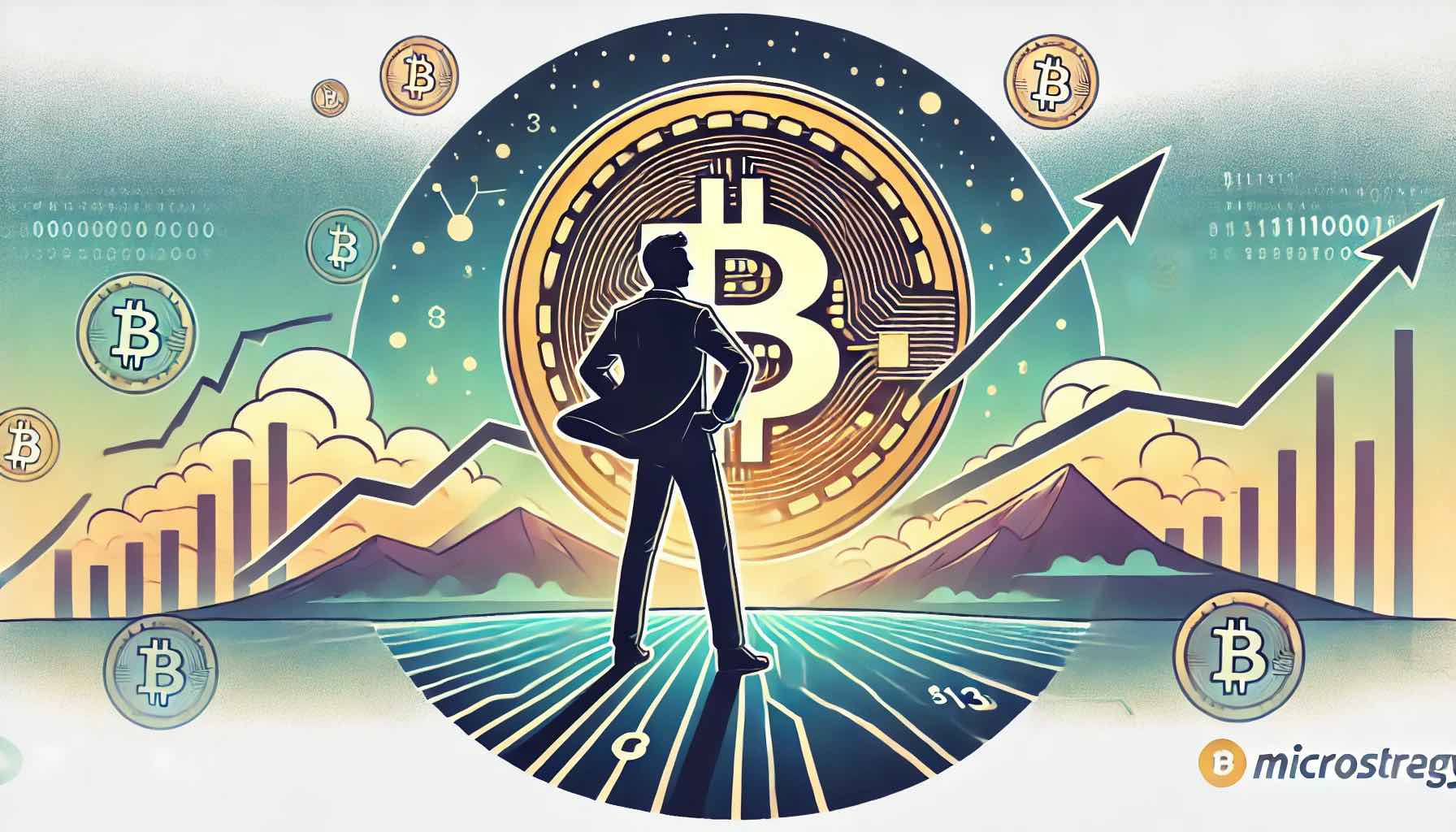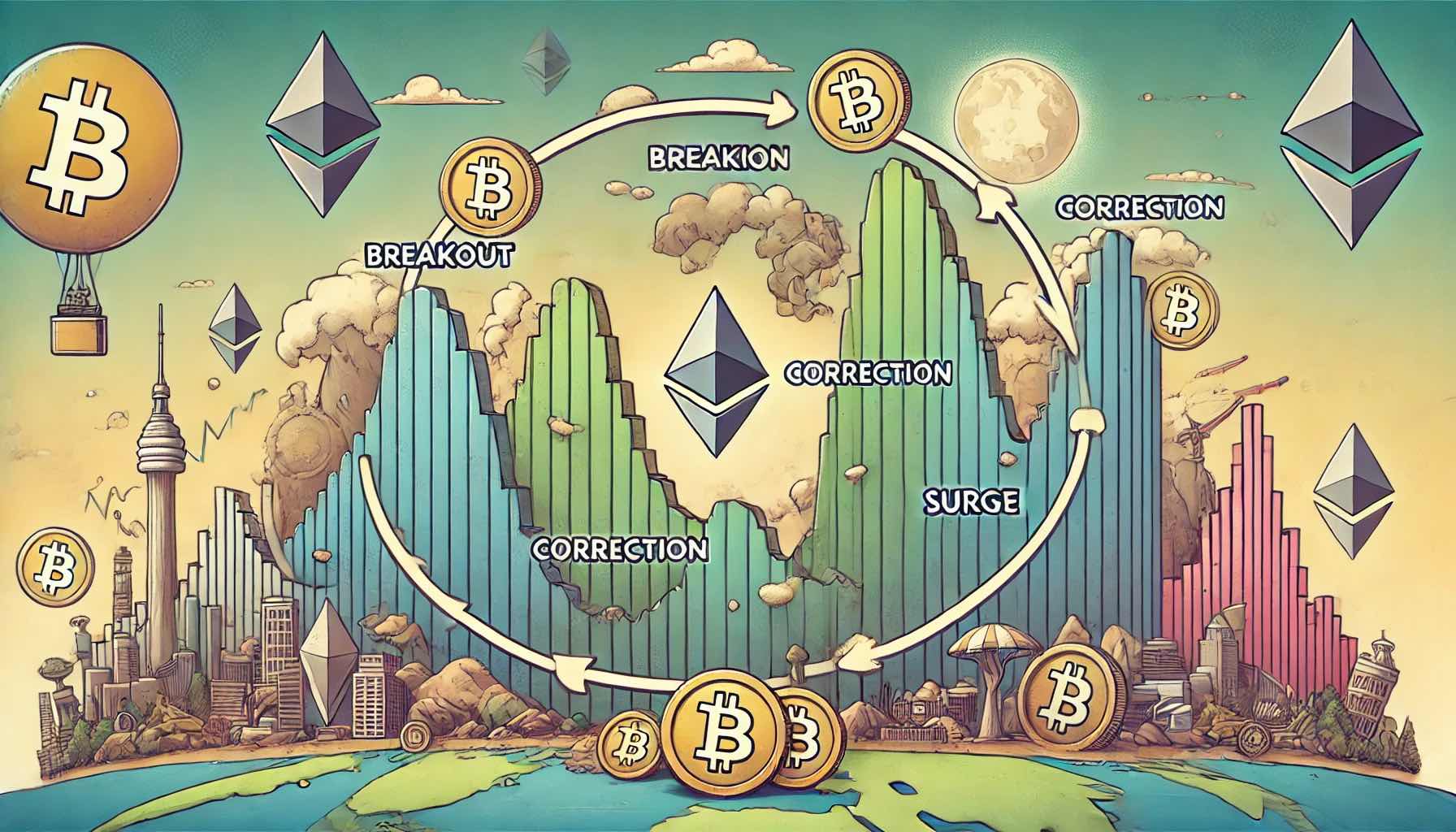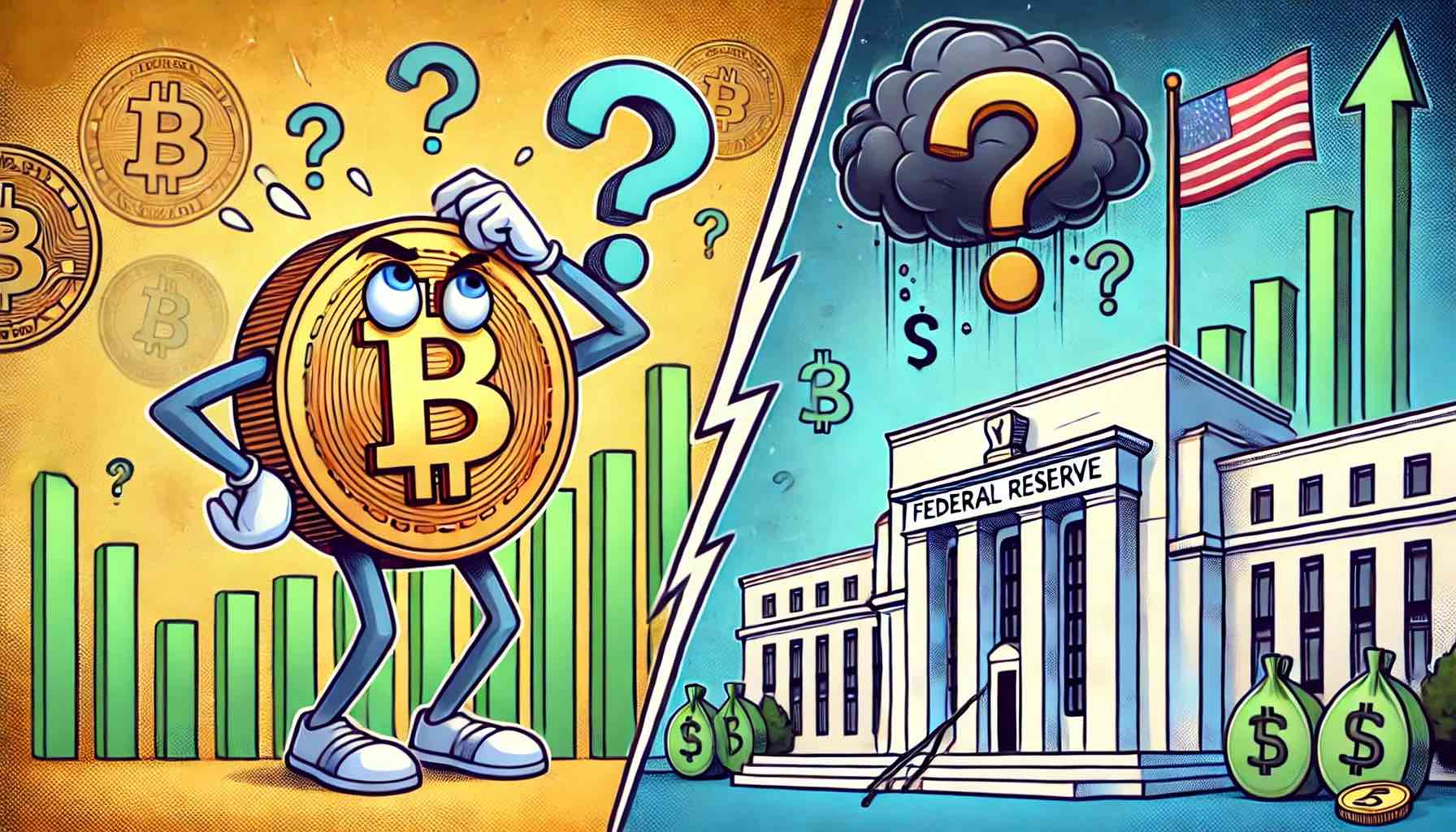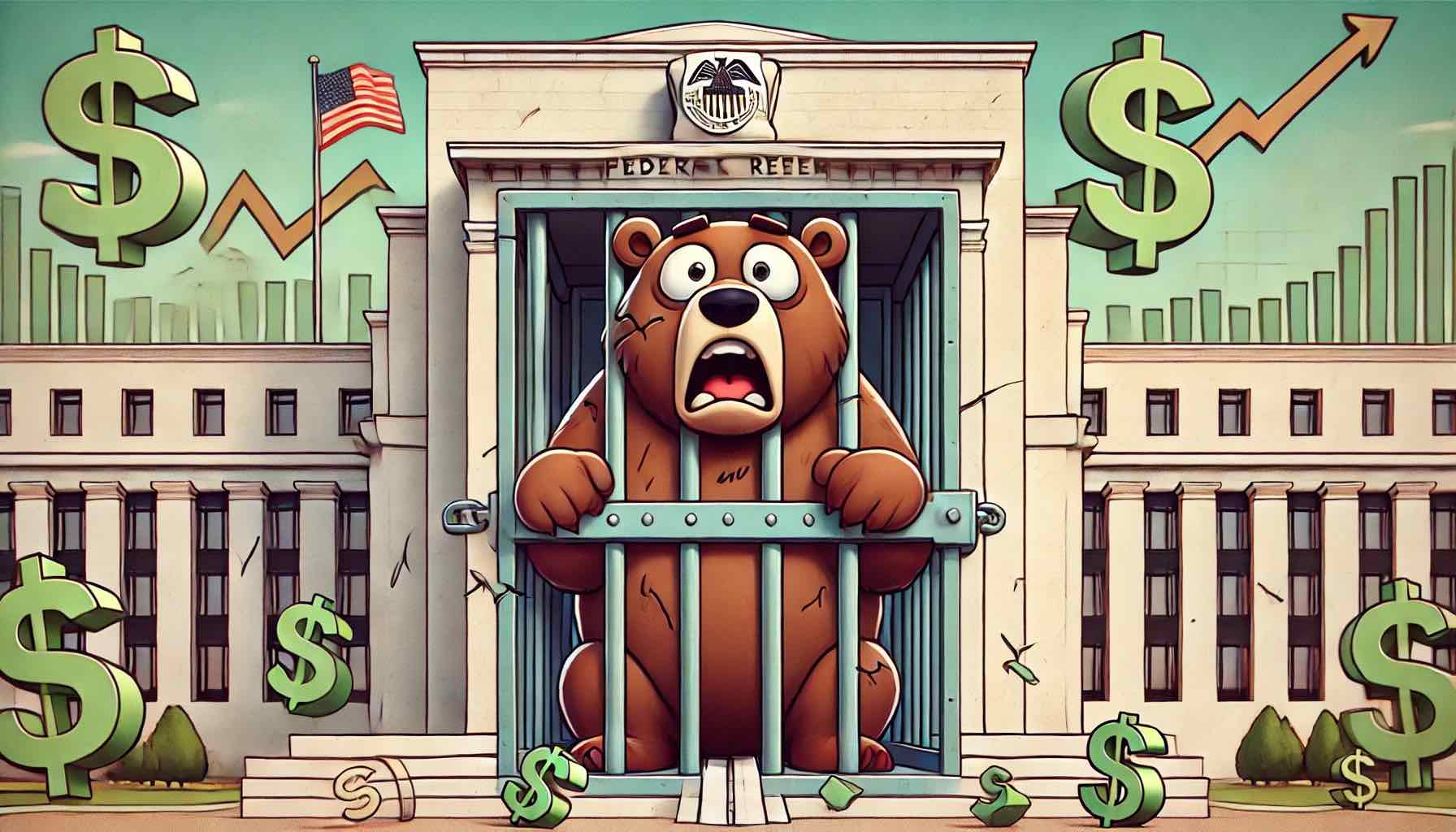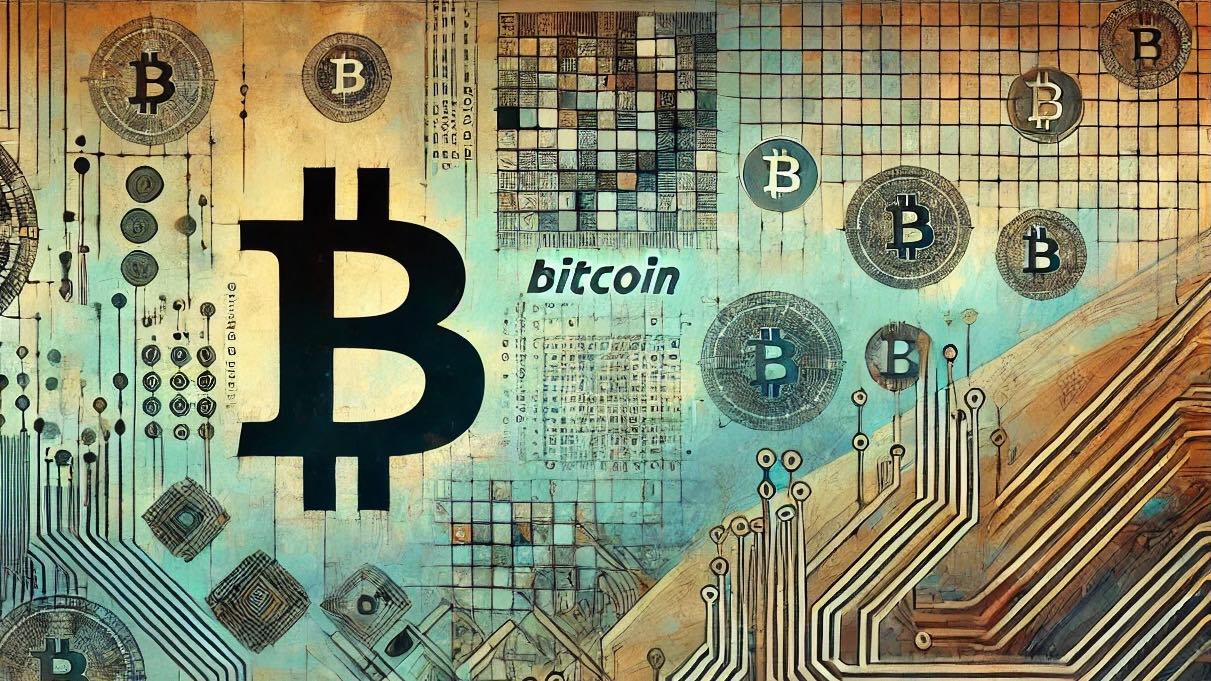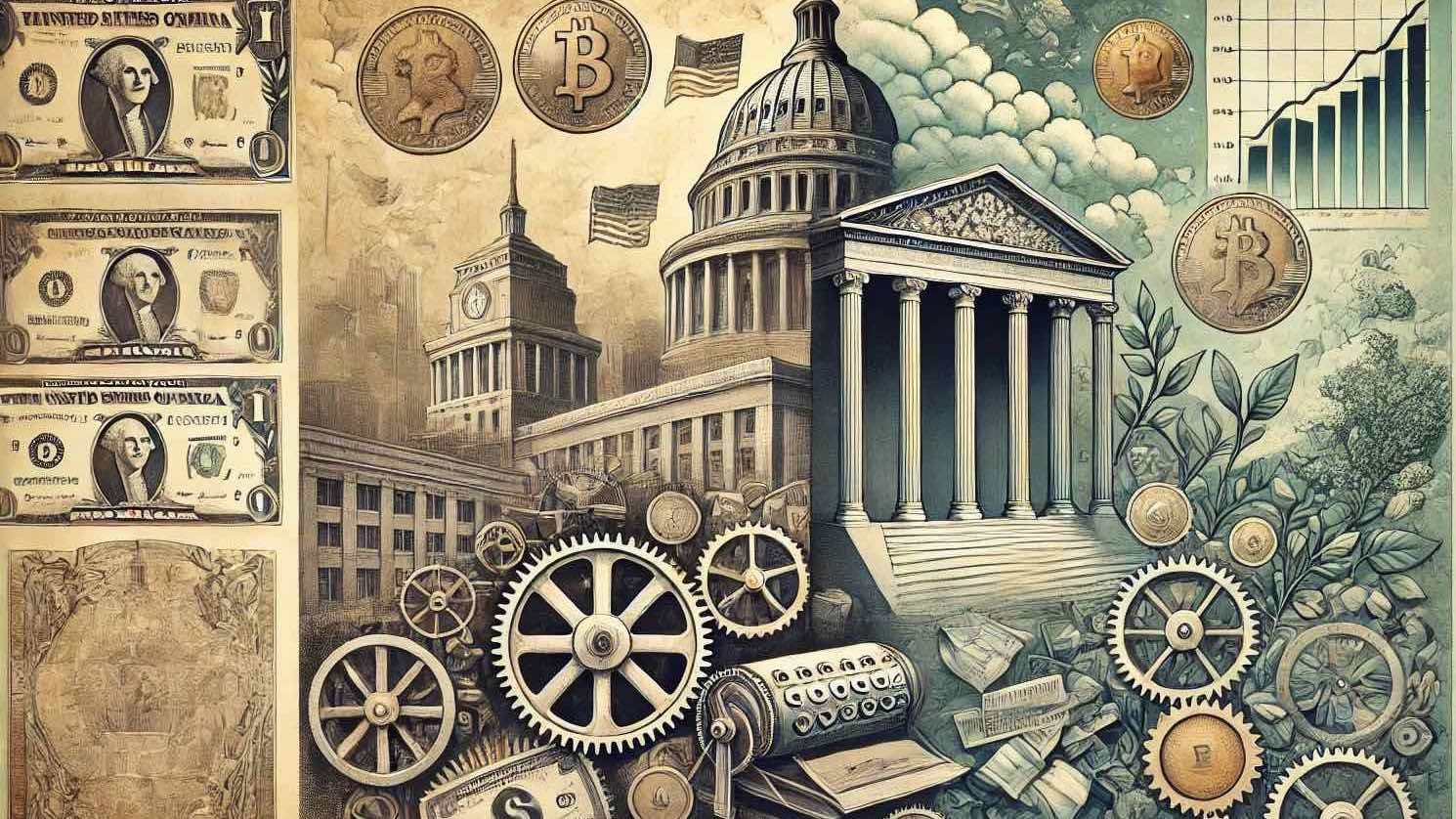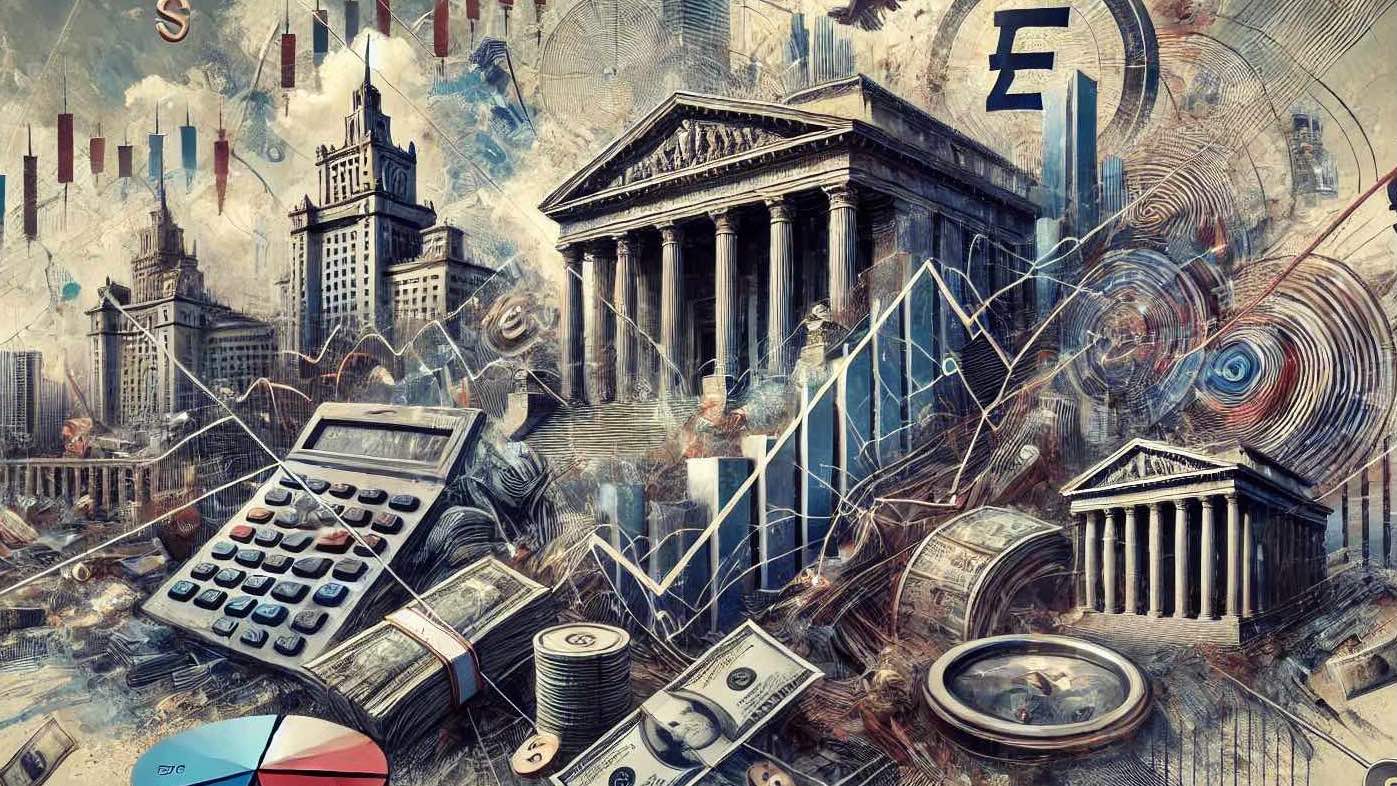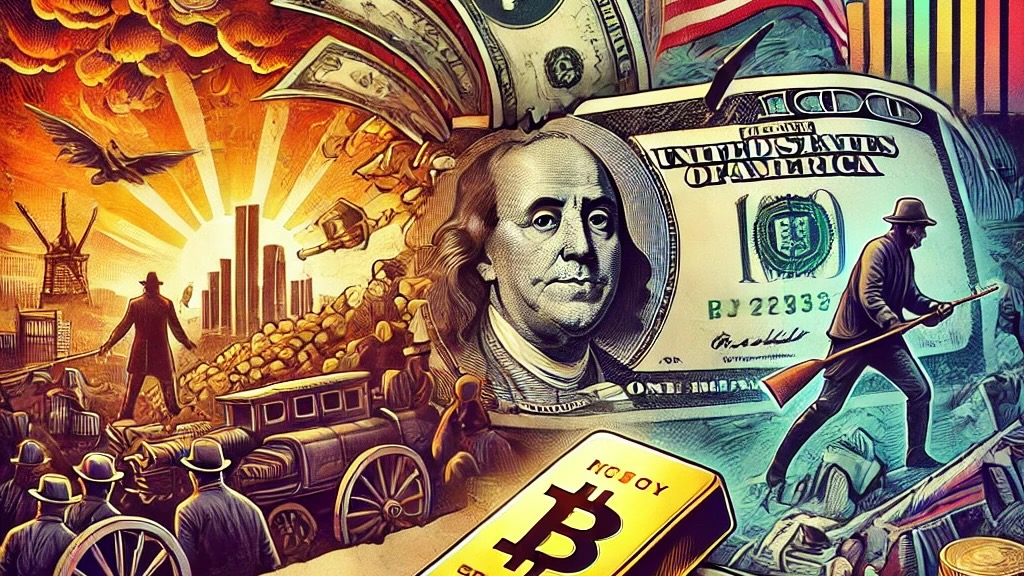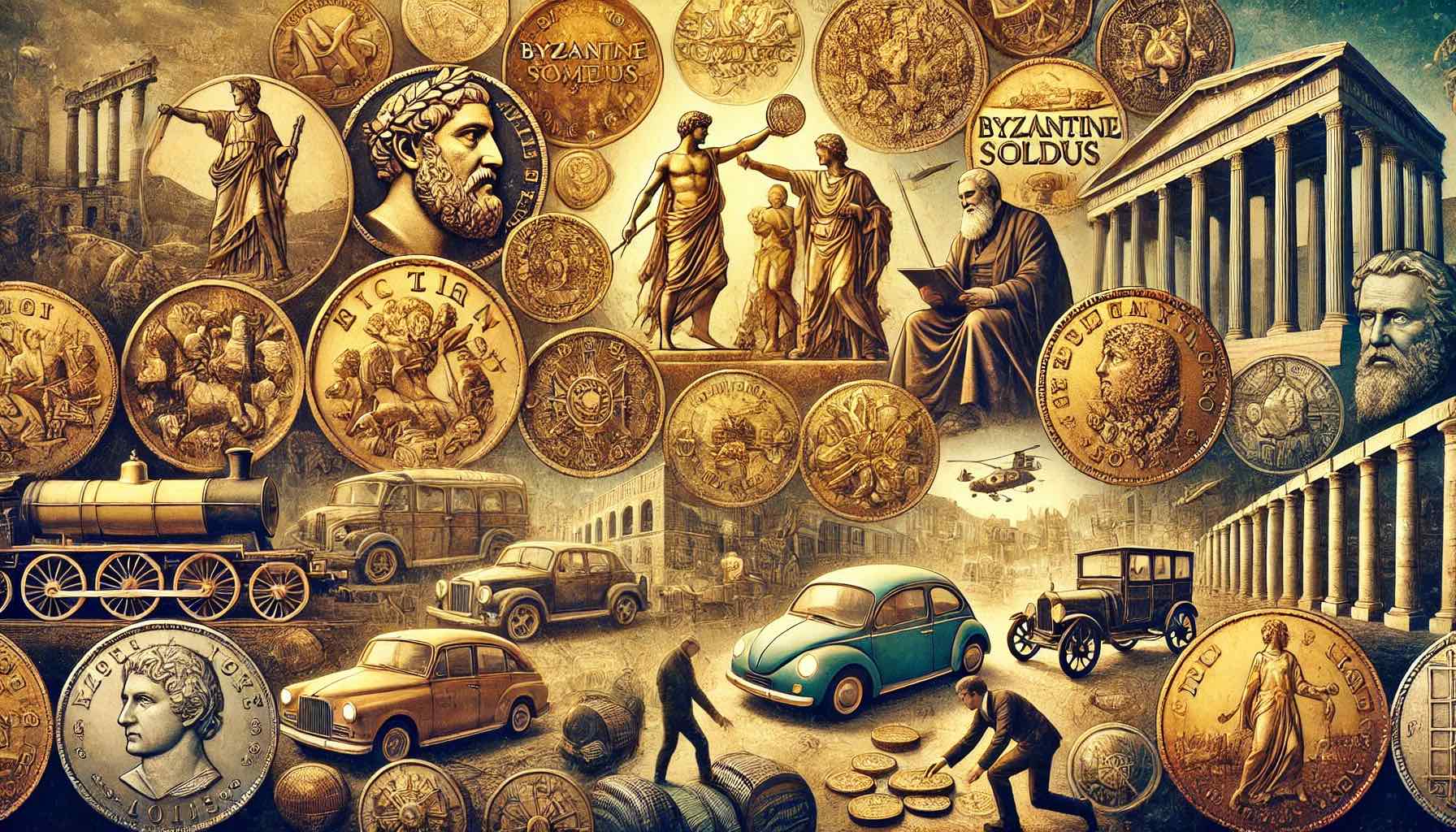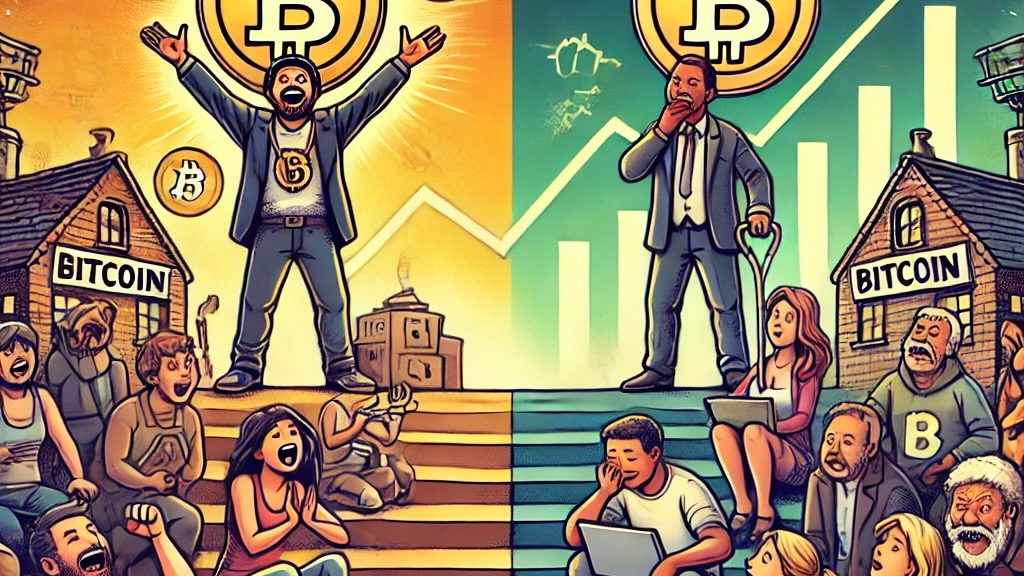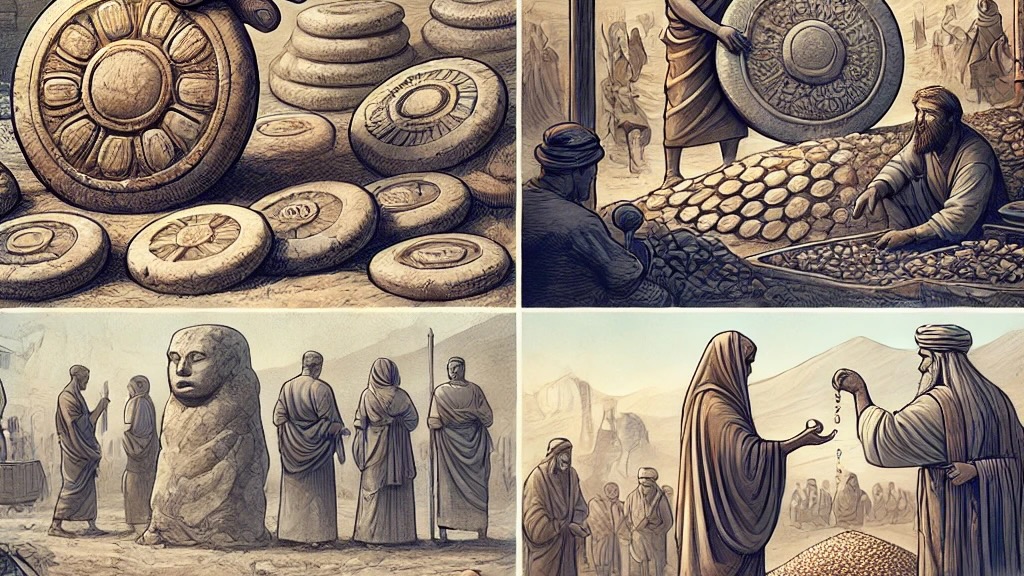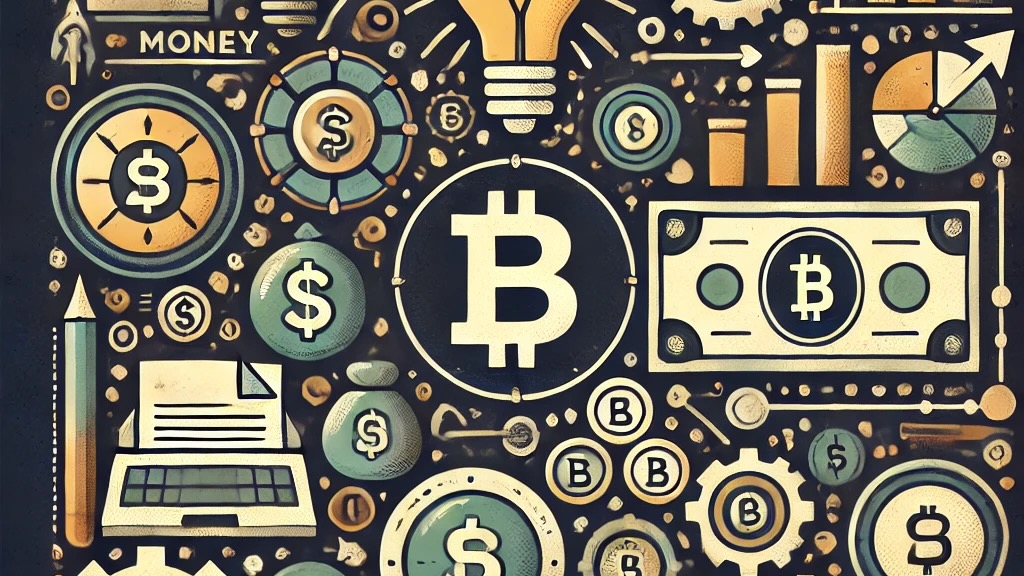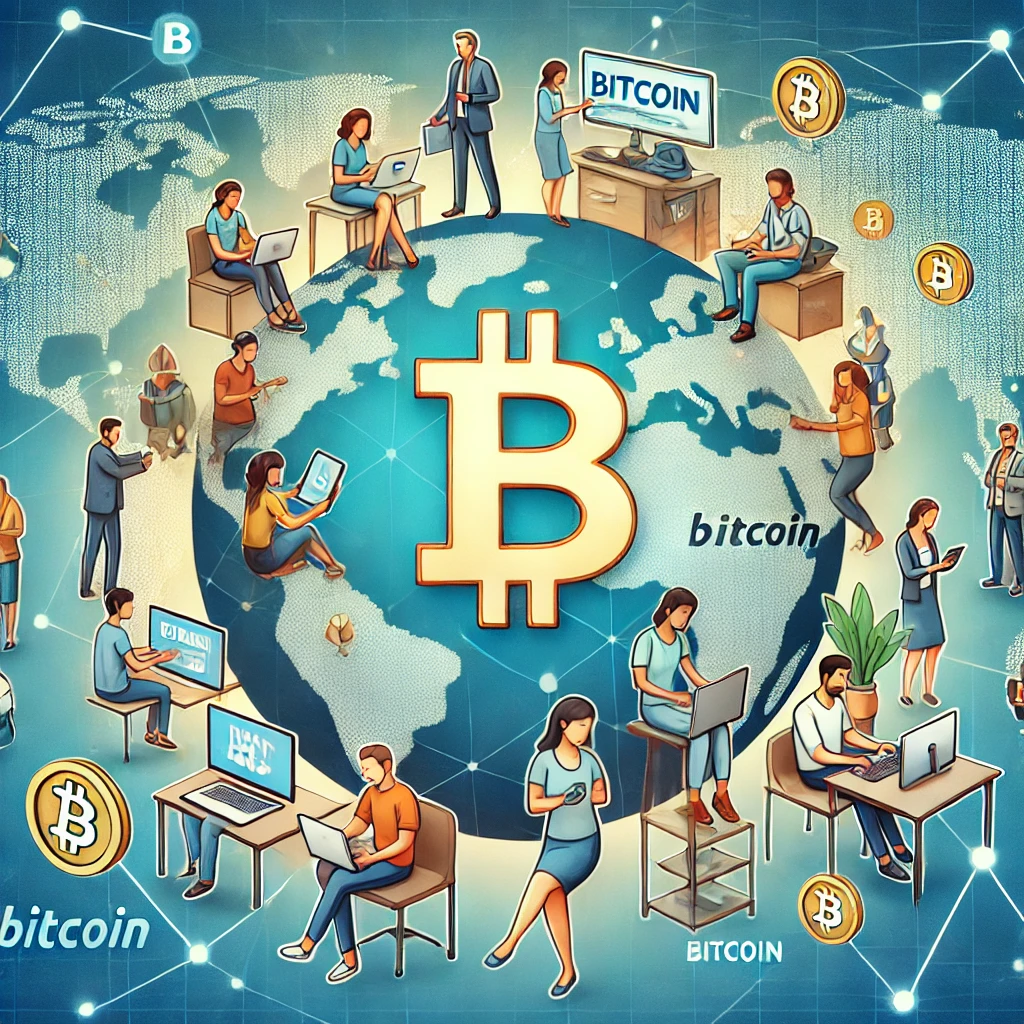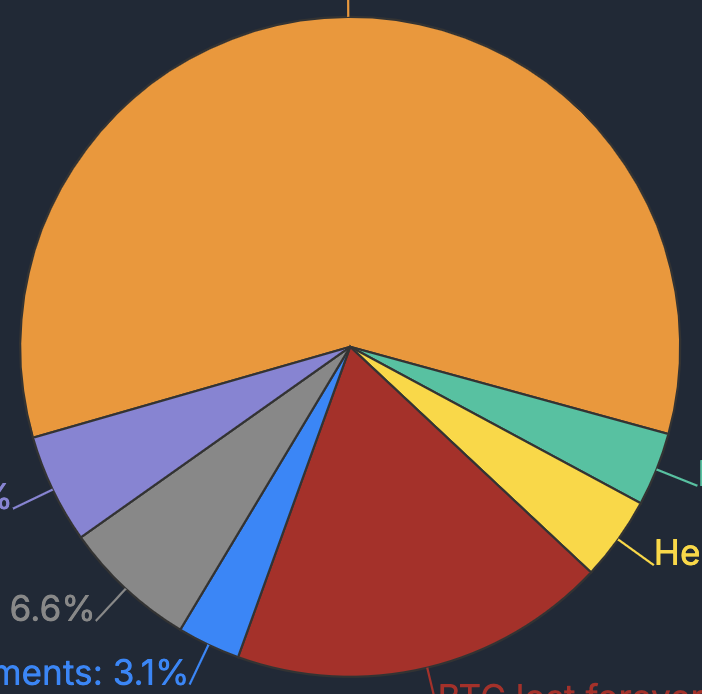The Economic Singularity: Why the Next 6 Years Are Critical for Crypto Investors
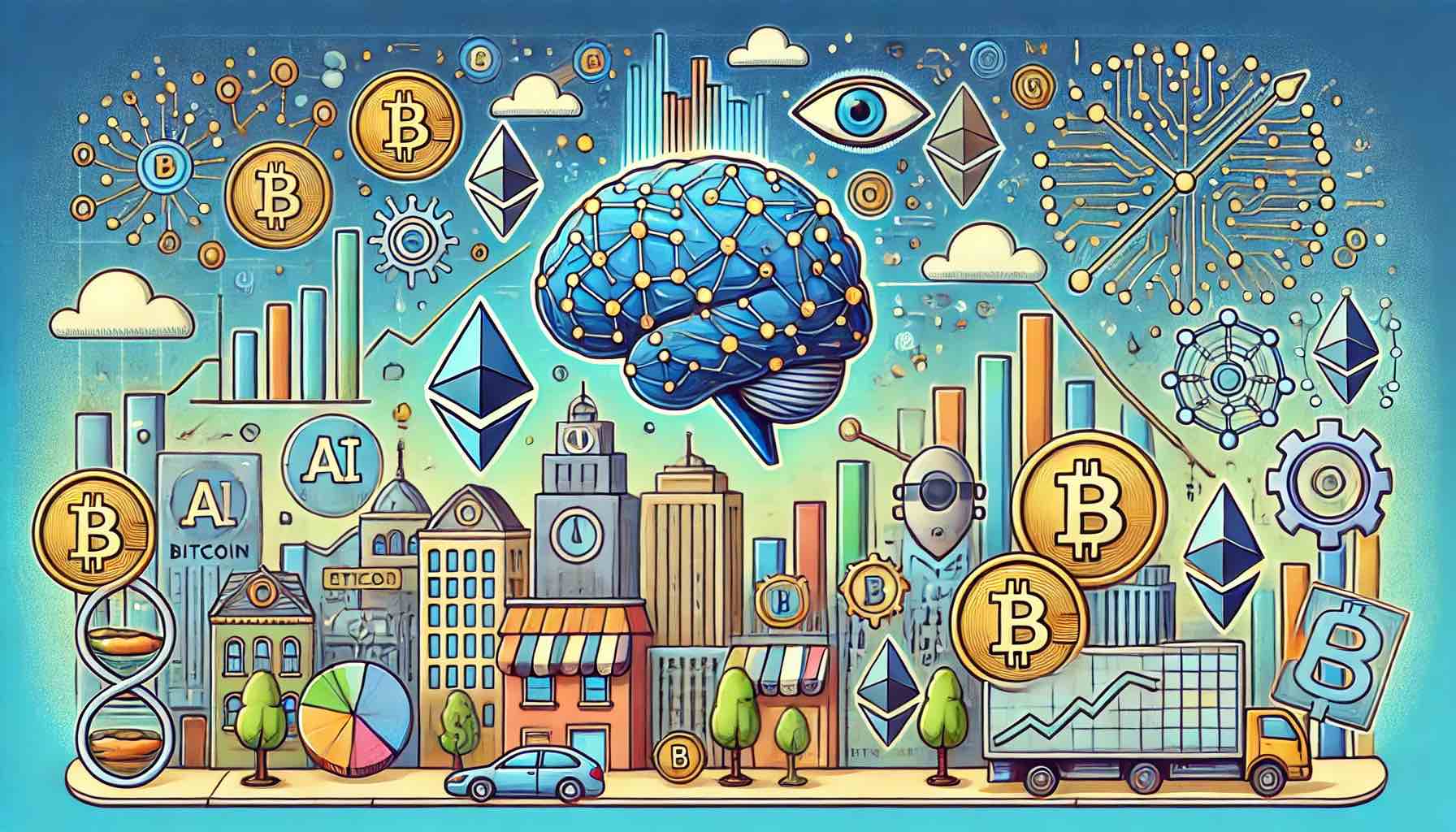
In a recent wide-ranging conversation between Raoul Pal and Michael van de Poppe, Raoul Pal laid out a compelling vision for why we're approaching what he calls an "economic singularity" - a fundamental transformation of the global economy that makes the next few years critical for investors. Here's why this matters and what it means for crypto.
The Demographics Problem
At the heart of the issue is a fundamental problem with how economies work. GDP growth is driven by three factors:
- Population growth
- Productivity growth
- Debt growth
The challenge? Aging populations in developed economies are creating a demographic headwind that's being offset with ever-increasing debt. As Pal explains, labor force participation keeps falling as people retire, and debt-to-GDP rises to compensate - creating a cycle where we need more debt just to service existing debt.
The AI Disruption
But a massive disruption is coming: artificial intelligence. While previous technological revolutions changed how we work, AI represents something fundamentally different - the ability to replicate and scale human knowledge infinitely.
Consider the formula again:
Population Growth + Productivity Growth + Debt Growth = GDP Growth
What happens when AI effectively creates "infinite humans" in terms of knowledge work? GDP could explode higher - but who captures that value? This is why Pal believes we have about 6 years until an "economic singularity" fundamentally transforms the nature of work, markets, and value creation.
The Investment Implications
This creates an urgent imperative for investors. We have a limited window to position ourselves before this transformation. Some key insights:
1. The Traditional Path is Breaking
The old model of "get a degree, get a job, save 8% a year in diversified investments" no longer works. Young people can't get ahead on traditional returns when housing costs 10x income and they start with student debt.
2. Risk is Necessary
To outpace currency debasement and build wealth, investors need to accept volatility and take intelligent risk. As Pal notes, "There's no other way of getting the returns."
3. Crypto Leads the Way
Cryptocurrencies represent the highest risk-adjusted returns available. While the NASDAQ is down 99.97% against Bitcoin since 2017, crypto continues showing exponential adoption growth - twice as fast as early internet adoption.
4. Community is Key
As AI disrupts traditional work, humans will likely gravitate toward community and experiential value. We're already seeing this tested through NFTs, meme coins, and social tokens - potentially previewing how humans create and capture value in an AI world.
Portfolio Strategy
For those convinced by this thesis, Pal suggests a straightforward approach:
1. Focus on Major Assets
- Start with Bitcoin and Ethereum
- Add select large-cap alternatives like Solana
- Maintain some cash for volatility
2. Keep Income Flowing
Having steady income allows you to:
- Weather drawdowns
- Buy dips
- Take "lifestyle chips" off the table when needed
3. Write Down Your Thesis
To manage emotions in volatile markets:
- Document your investment thesis
- Set clear profit targets
- Stick to your plan
The Community Aspect
One of the most interesting aspects of Pal's thesis is how crypto and Web3 enable new forms of value creation through community. Whether it's Manchester United fans participating in club economics through tokens or Taylor Swift fans capturing value from her "economy," we're seeing early experiments in how communities might organize and create value in an AI-driven world.
Looking Ahead
While the transformation ahead may seem daunting, Pal emphasizes that humans are adaptable. Just as previous technological revolutions created new types of work and value creation, this shift will too. The key is recognizing the opportunity and positioning accordingly while we still can.
The challenge for investors is clear: we have a limited window to capitalize on perhaps the greatest macro opportunity of our lifetimes. As Pal puts it: "I went my entire career for this one bet. Here it is, and I'm going to take that bet in as many different ways as possible."
What do you think about this economic singularity thesis? Are you positioning your portfolio for this transformation?
Let us know in the comments below!

